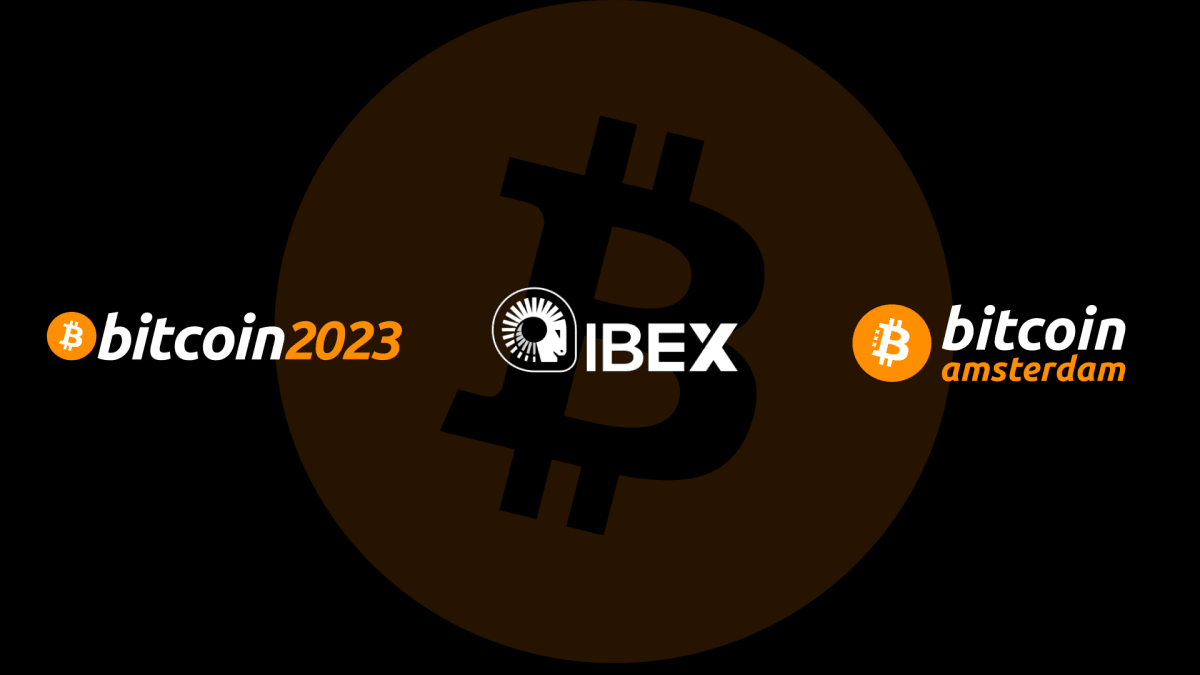Insights Into MiCA, Europe’s New Comprehensive Bitcoin And Crypto Regulation Framework
In a recent interview with Vishal Sacheendran, Director of MENA and Europe at Binance, he provided insights into the upcoming Markets in Crypto Assets (MiCA) regulation in Europe. Vishal, who previously worked for a financial regulator in Abu Dhabi, explained that MiCA is a comprehensive set of regulations for cryptocurrencies that treats them as financial services. He highlighted that MiCA brings uniformity to the registration and anti-money laundering requirements for crypto asset service providers across Europe, allowing for passporting of licenses throughout the region.
When asked about the impact of MiCA on Bitcoin specifically, Vishal stated that MiCA does not differentiate between different cryptocurrencies and treats them all equally. He mentioned that while MiCA is not the first regulatory framework in the world, it is the first in Europe and similar to what the UK is doing with its regulation.
Regarding the implications for companies operating as crypto asset service providers (CASP), Vishal explained that they will be regulated based on the services they provide rather than the underlying asset class. “…your cap requirements, your risk mitigations, everything is around the services that you’re doing.” Different services such as custody, trading platforms and advice will have specific requirements and risk mitigations.
Vishal also mentioned that the MiCA regulation will have varying requirements based on the size of the service providers. Larger providers will have more capital and governance controls to ensure consumer protection. He noted that there is still more to come in terms of guidelines for marketing and treatment of stablecoins and NFTs, remarking that “There will probably be separate tools developed for them in the future, but not yet.”
When asked about the regulatory environment in Europe compared to the U.S., Vishal emphasized that regulators often need time to catch up with innovation, and the power of innovation drives the industry. He believes that Europe’s crypto-friendly regulations have been attracting firms and he expects more players to set up shop in the region. “It’s just a matter of time before you see a lot more of these players and new startups coming up with new, more innovative products or services,” Vishal stated.
In terms of the global impact of MiCA, Vishal suggested that other regions may adopt similar regulatory stances or incorporate aspects of MiCA into their own legislation. However, he noted that growing the talent pool within the industry is also crucial for its development.
For everyday cryptocurrency users, Vishal emphasized that they need to understand that industry firms are now treated as financial service providers under MiCA. He also highlighted the importance of the ability to passport licenses and serve the wider European market from a single center.
Overall, the MiCA regulation in Europe aims to provide a comprehensive framework for regulating crypto assets as financial services, bringing uniformity and consumer protection to the industry. While some aspects are still under development, MiCA is set to become law by the end of next year, with potential implications for the global industry.









